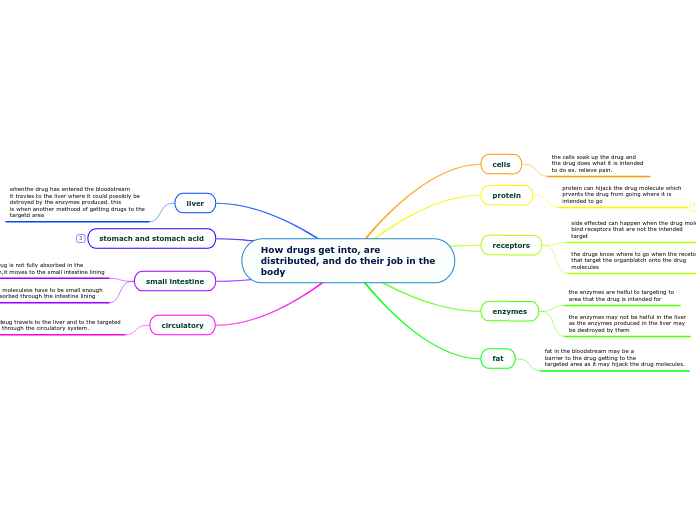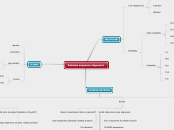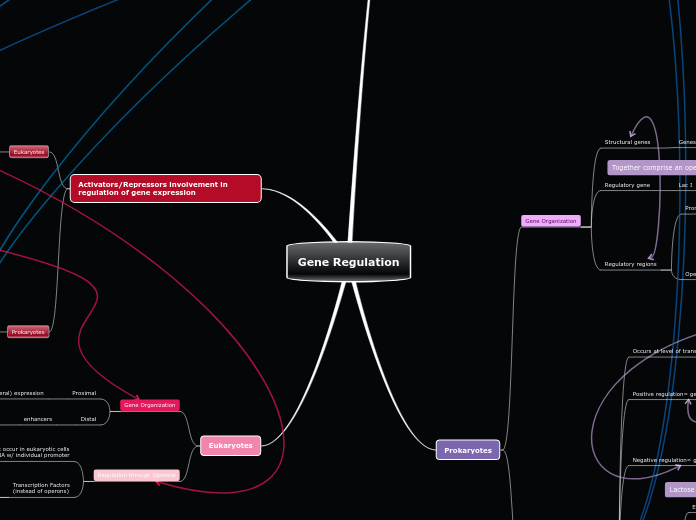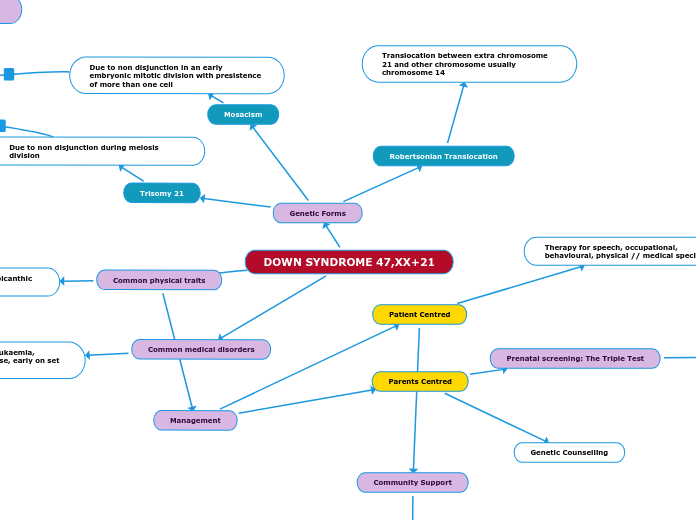par Tayte Kozlowski Il y a 6 années
171
Gene Therapy Tayte Kozlowski
In gene therapy, selecting appropriate diseases involves understanding the specific tissues affected by the disorder, the role of the protein encoded by the gene within those tissues, and the impact of gene mutations on protein function.









